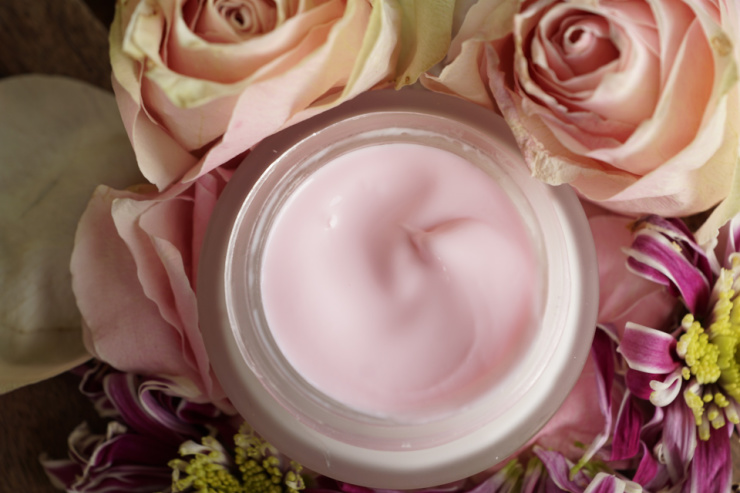If you are a small business starting up and have a product to sell you may find that choosing the right type of packaging for your product is difficult. After all, there is so much choice out there these days. In this article, I will look at the benefits of packaging, the right type of packaging and how cost-effective packaging is to help you make an educated choice.
What are the benefits of the right type of packaging?
Packaging has several benefits, including brand recognition, communication convenience and more. Let's take a further look into the benefits of the right type of packaging.
Brand recognition: Packaging can be used to promote brand recognition and differentiate products from competitors. You want your product brand design to be unique to you.
Protection: Packaging protects products from damage during transportation and storage. No one wants a product that is damaged.
Preservation: Packaging helps to extend the shelf life of products by protecting them from environmental factors such as light, moisture, and temperature. This is especially important with food products and cosmetic packaging supplies.
Convenience: Packaging makes it easier to store, transport, and use products, and can include features such as handles, dispensers, and resealable closures.
Communication: Packaging is an important means of communication, providing information about the product such as its ingredients, usage instructions, and warnings. This information is so important to use the product properly.
Marketing: Packaging can be used to influence consumer purchasing decisions and drive sales, through the use of eye-catching designs and attractive labelling.
Sustainability: Some types of packaging, such as sustainable packaging made from biodegradable materials, can help to reduce waste and minimise the environmental impact of packaging. This is so important in this day and age.
So now you know the benefits of packaging what are the right types for your products?
There are several types of packaging, including rigid packaging, flexible packaging and more. Let's read on.
Flexible packaging: made of soft, pliable materials such as films, foils, and laminated structures, is used for products such as snack foods, baked goods, and confectioneries.
Rigid packaging: made of hard materials such as glass, metal, and plastic, and is used for products such as beverages, personal care items, and household goods. This type of packaging can be very protective, although glass and plastic can break if not treated correctly.
Corrugated packaging: made of a combination of paper and cardboard, and is used for heavy, bulky items such as appliances and furniture. This is often made with recycled materials.
Paper-based packaging: made of paper, paperboard, and cardboard, and is used for products such as books, paper goods, and gift boxes. Again this can be made with recycled materials to help the environment.
Protective packaging: used to protect products during transportation and storage, and can include materials such as bubble wrap, foam, and packaging peanuts.
Sustainable packaging: made from materials that are biodegradable, compostable, or made from recycled materials, and is designed to minimise waste and reduce environmental impact.
These are some of the most common types of packaging, and there are many other specialized types as well, such as medical packaging, industrial packaging, and retail packaging.
How cost-effective are the different types of packaging?
The cost-effectiveness of different types of packaging depends on various factors such as the material used, production method, size, design, and the required functionalities.
Glass packaging can be cost-effective in the long term as it is reusable, but the initial production cost can be high.
Plastic packaging is usually more cost-effective in the short term due to its lower production cost and lighter weight, but it can have a negative impact on the environment and is not biodegradable. However, some plastic packaging can be recycled like a certain type of airless pump bottle.
Metal packaging, such as aluminium cans, has a high production cost but can be recycled and have a long shelf life.
Cardboard and paper packaging are biodegradable and relatively low-cost but may not provide the same level of protection as other materials.
In conclusion, the most cost-effective type of packaging depends on the specific needs and goals of the product and brand.
Overall, packaging plays a crucial role in the distribution, marketing, and protection of products, and helps to ensure that they reach consumers in good condition and with the information they need to use them safely and effectively. Companies like All In Packaging can be a one-stop shop for all your packaging needs
*Collaborative post









No comments